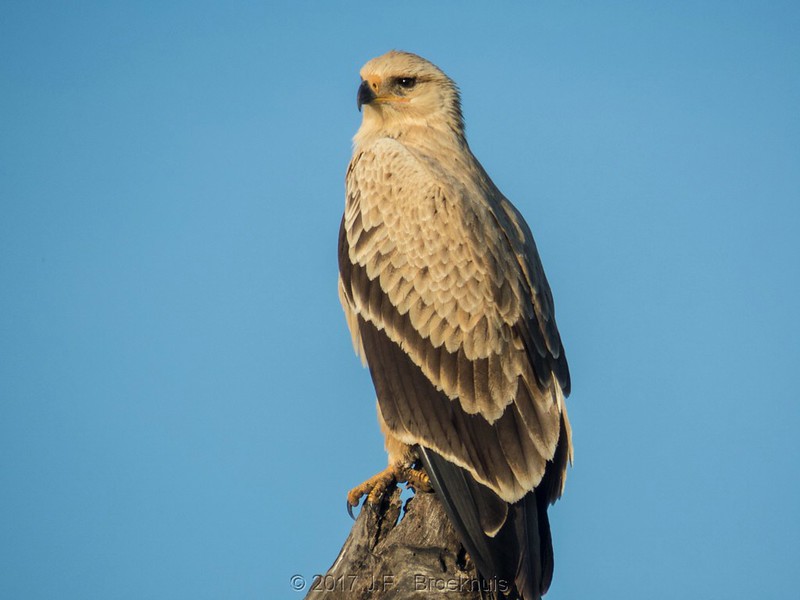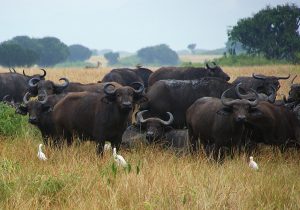The Masai Steppe
The Masai Steppe, a vast and relatively under-explored savannah region in northern Tanzania, is a haven for wildlife enthusiasts and nature lovers. Nestled between the Ngorongoro Highlands and Mount Kilimanjaro, the Masai Steppe stretches across a diverse landscape of open plains, woodlands, and seasonal wetlands. Unlike the more famous national parks like the Serengeti and Ngorongoro Crater, the Masai Steppe offers a quieter, more intimate experience with some of East Africa’s most iconic wildlife.
1. The Masai Steppe: A Snapshot of Diversity
The Masai Steppe covers a vast area, encompassing several protected areas and game reserves, including:
- Tarangire National Park
- Lake Manyara National Park
- Mkungunero Game Reserve
- Simanjiro Plains
This expansive region is characterized by a mix of savannah grasslands, acacia woodlands, and seasonal wetlands, creating a rich habitat for a variety of wildlife species.
Unique Ecosystems of the Masai Steppe
- Savannah Grasslands: These open plains are home to grazing animals like zebras, antelopes, and wildebeest. The grasslands also attract predators such as lions and cheetahs.
- Acacia Woodlands: These woodlands provide shelter for elephants, giraffes, and a host of bird species. Acacia trees are a key food source for animals like giraffes and elephants.
- Seasonal Wetlands: During the rainy season, temporary wetlands form in the steppe, providing crucial water sources for animals and creating a lush environment for migratory birds.
2. Wildlife Highlights of the Masai Steppe
a. African Elephants
One of the most iconic species in the Masai Steppe is the African elephant. Tarangire National Park, which forms part of the Masai Steppe, is famous for its large herds of elephants. During the dry season, these majestic animals congregate around the Tarangire River and seasonal swamps, making it one of the best places in Tanzania to see elephants in large numbers.
- Interesting Fact: Tarangire is home to one of the largest elephant populations in northern Tanzania, with herds sometimes numbering over 300 individuals during the dry season.
b. Big Cats: Lions, Cheetahs, and Leopards
The Masai Steppe is home to a variety of big cats, including:
- Lions: The open plains provide an excellent hunting ground for lions, particularly in the Simanjiro Plains, where large herds of grazing animals roam.
- Cheetahs: Known for their speed, cheetahs are commonly seen in the open savannah areas, using their speed and stealth to hunt.
- Leopards: These elusive cats are harder to spot but can often be found in the woodlands or perched in trees, keeping a low profile.
c. Giraffes
The Masai giraffe, the tallest land animal, is abundant throughout the Masai Steppe. Giraffes thrive in the acacia woodlands, where they feed on the leaves of tall trees. Their graceful movements and impressive height make them a favorite sight for visitors.
- Fun Fact: Giraffes spend most of their time standing, even sleeping and giving birth while standing upright!
d. Birdlife: A Birder’s Paradise
The Masai Steppe is a paradise for bird enthusiasts, with over 500 bird species recorded in the region. The Tarangire National Park alone is known for its diversity of birdlife, including:
- Kori bustards (the heaviest flying birds)
- Secretary birds
- Lovebirds
- Various species of hornbills and weavers
During the rainy season, the seasonal wetlands attract large flocks of migratory birds, making it a vibrant and dynamic landscape for birdwatching.
e. Wildebeest and Zebra Migrations
The Simanjiro Plains, located in the eastern part of the Masai Steppe, play host to one of Tanzania’s lesser-known but significant wildebeest and zebra migrations. Every year, thousands of wildebeest and zebras migrate through the plains in search of fresh grazing lands, following the rains. This seasonal migration attracts predators like lions and hyenas, creating a dramatic wildlife spectacle.
3. Conservation Efforts in the Masai Steppe
While it is not as well-known as the Serengeti, it faces its own conservation challenges, particularly due to habitat fragmentation and human-wildlife conflicts. The presence of the Maasai people and their livestock adds a unique dynamic to the region, as these pastoral communities rely on the land for grazing their cattle.
Conservation organizations are working to promote sustainable land-use practices that allow wildlife and Maasai communities to coexist. Initiatives such as community-based conservation programs have been introduced to ensure the protection of critical wildlife corridors and to mitigate conflicts between local people and wildlife.
4. Exploring the Masai Steppe: A Unique Safari Experience
While the Masai Steppe may not have the same name recognition as the Serengeti or Ngorongoro, it offers a wildlife safari experience that is more intimate and less crowded. For those seeking an authentic, off-the-beaten-path adventure, the Masai Steppe provides an opportunity to explore Tanzania’s wilderness in peace and tranquility.
Why Visit the Masai Steppe?
- Untouched Landscapes: remains largely uncommercialized, providing visitors with an authentic safari experience away from the typical tourist routes.
- Unique Wildlife Encounters: The region offers excellent wildlife sightings, including elephants, lions, and birdlife, with fewer crowds compared to more popular parks.
- Cultural Experiences: Visitors to the Masai Steppe can also interact with the Maasai people, experiencing their traditional way of life and learning about their coexistence with nature.
Best Time to Visit
The best time to visit the Steppe is during the dry season (June to October), when wildlife congregates around water sources, making animal sightings easier. The wet season (November to May) is ideal for birdwatching and experiencing the migration of wildebeest and zebras through the Simanjiro Plains.
Conclusion
This is a hidden gem of Tanzania, offering a diverse array of wildlife, stunning landscapes, and a peaceful safari experience far from the crowds. From the majestic herds of elephants in Tarangire to the unique bird species in the wetlands, it is a place where nature thrives in its raw and untamed beauty. For those looking to explore Tanzania’s wildlife in a more intimate setting, the Masai Steppe provides an unforgettable adventure.




